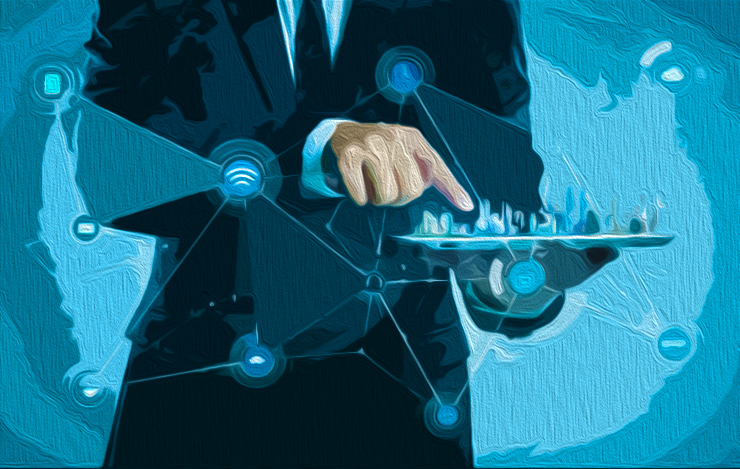One afternoon this summer, a tech employee I'll call Dylan received a meeting invitation out of the blue. Labeled "private and confidential," the mandatory call was set for 10 the next morning. A follow-up email instructed him to come into the office to take the meeting, and to bring his ID badge and company-issued laptop with him.
The Dilemma of the "Open to Work" Banner
The news he received the next morning was no surprise: The company had been quietly axing employees for months. He surrendered his badge and laptop, signed a form, and was shown the door. As he walked the long way home, he began to brainstorm a plan for the job search that lay ahead. Action item No. 1: Should he turn on the Open to Work banner on LinkedIn?
Public Perception and Professional Networking
To banner or not to banner: The question has become an agonizing rite of passage for the newly unemployed like Dylan. In theory, it's supposed to signal recruiters that you'd welcome their outreach, and let your professional network know that you'd appreciate their leads. But many worry that the banner comes off as a show of weakness or desperation — the digital-age equivalent of standing on the sidewalk wearing a sandwich board that reads Job Wanted.
The Controversy Surrounding the Feature
For years I've been following the heated debates about Open to Work. On LinkedIn, on Reddit, on X, on the very pages of this website, arguments for and against the feature are everywhere. Some consider the banner a job seeker's best friend. Others view it as peak cringe, an instant turnoff for potential employers.
LinkedIn's Move and User Reactions
Some of the misgivings about the banner stem from the fact that it's still a relatively new feature. LinkedIn first rolled it out in June 2020, when tens of millions of Americans found themselves newly unemployed during the pandemic. By then, more than 30 million users had already used a feature on the platform to privately signal recruiters that they were open to work. Now LinkedIn was making it possible to make that declaration public.
Perceptions and Misconceptions
But most of the people I talked to expressed hesitation about the banner. Several compared it to a scarlet letter — one that's digitally tattooed on your face, rather than sewn on your dress. Whatever the banner's intentions, it can serve to amplify the sense of shame that often comes from being unemployed.
Recruiters' Perspectives and Real-World Experiences
So are job seekers right to assume that recruiters will shun them for coming out as unemployed on LinkedIn? To my surprise, only one of the eight recruiters I spoke with said the banner gives him pause about a candidate, viewing it as a sign of "passivity" in the face of a stalled search.
Personal Experiences and the Impact of Going Public
To get a firsthand sense of what it feels like to use the Open to Work banner, I forced myself to do the thing I avoided in my job search four years ago: I turned mine on. From the start, it made me deeply uncomfortable, and I was repeatedly tempted to take it down.
The Road to Overcoming Stigma
Still, when you're out of work, it's worth wading through a bunch of unwelcome responses in search of the right opportunity. The data scientist I spoke with said the banner led him to two job interviews — including one with the CEO of a startup.
The Future of Job Search and Professional Networking
That isn't to say the Open to Work banner is a quick fix for the job-search blues. Ultimately, the most effective strategy involves old-fashioned, one-on-one networking, which takes far more time and effort than a simple flip of a digital switch.
—————————————————————————————————————————————
By: aito@businessinsider.com (Aki Ito)
Title: The Debate Over the LinkedIn “Open to Work” Banner
Sourced From: www.businessinsider.com/linkedin-open-to-work-banner-badge-job-pros-cons-2024-9
Published Date: Tue, 03 Sep 2024 09:33:02 +0000




Leave a Reply